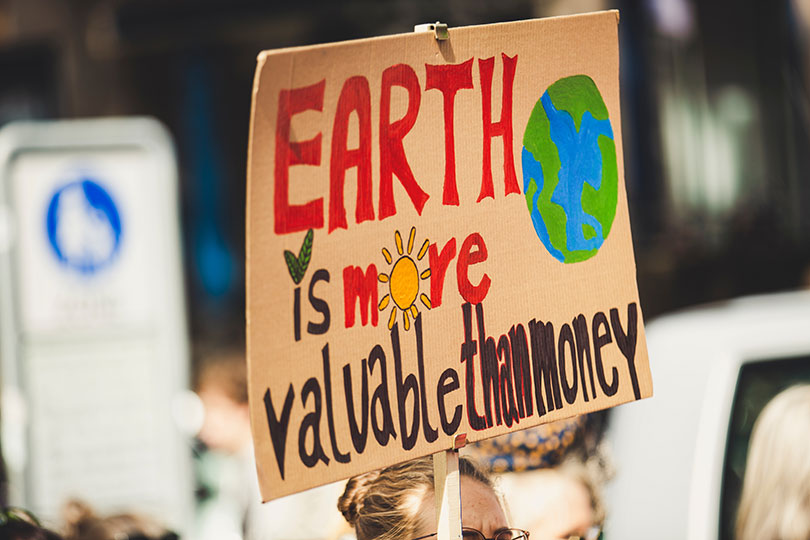
How Plastic Bank guarantees its impact claims
With the growing awareness of our environmental footprint, people are making more conscious choices, seeking out products and services that are working to protect the…
TESTING THE NOTIFICATION

Written by
on
8 minutes to read
Have you ever wondered where all your plastic packaging goes? The fabric conditioner you used last week, the bottled water you thoughtlessly threw in the garbage, or the countless shampoo sachets you have used in the past month – do you know where all of these go?
According to the United Nations Center for Regional Development, plastic packaging waste accounts for a substantial amount of solid waste globally, with estimates that range from 25% to 45%1.
In the United States alone, plastic packaging materials account for one-third of generated waste by municipalities every year. This increasing trend creates huge concern because of the inherent slow degradation of plastic packaging. In fact, 40% of plastic is used to create product packaging and a huge portion of this plastic waste ends up in landfills, the ocean, or as litter2.
In recent years, Extended Producer Responsibility (EPR) has emerged as a pivotal strategy for governments to manage environmental challenges, including ballooning consumption patterns and growing waste streams.
The concept of EPR started in the 1980s as a movement closely related to environmental justice, triggered by the excessive use of fertilizers. Despite the global clamor for environmental stewardship, it was only around 2001 that most policies began to be implemented.
The objective of the early versions of EPR remains the same – to make producers and manufacturers accountable for the environmental impact of their products, as well as increase recycling rates through government intervention. Organizations are encouraged to practice greener initiatives that enhance their commitment to environmental stewardship. However, there are various interpretations of how EPR should be implemented.
In 2001, the Organization for Economic Cooperation and Development (OECD) released a guidance manual which provided general principles, possible options, and analysis on the pros and cons of each alternative. It helped governments craft and adopt sustainable practices through the documentation of best practices. Currently, the big players in EPR implementation are the EU, USA, Canada, Japan, China, and Singapore.
In Southeast Asia, the Philippines passed RA No. 11898 which gave businesses reasonable target dates to comply with 20% by the end of 2023 and 80% by 20283. They also provided options for companies to partner with third-parties to manage their compliance. Results are yet to be seen given the infancy of its implementation, but what is notable is that the Philippines has one of the best EPR policies due to its ambitious time frame and high engagement in coastal communities.
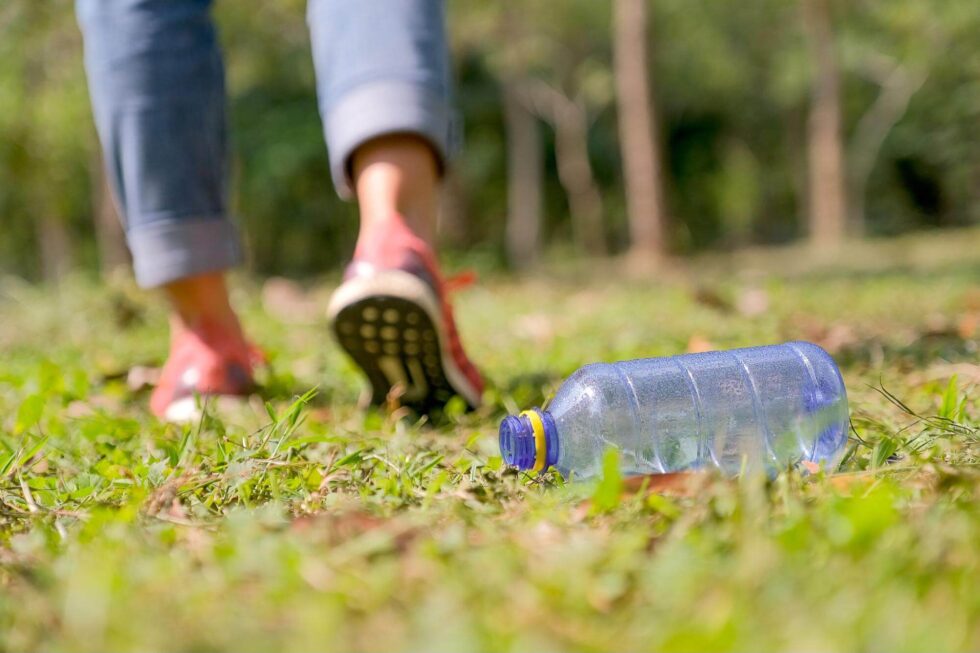
The growing consequences of environmental degradation have been felt in recent years. Floods have become destructive, droughts have exacerbated ethnic wars and geopolitical tensions, and the sea level has swelled by a total of 8 inches since 18804. This is expected to increase every year as global warming worsens. With the intention to curb these impacts, governments worldwide have pursued stringent social EPR measures to make businesses accountable for their products’ environmental footprint.
Compliance with EPR standards is vital for several reasons:
EPR ensures the collection, recycling, and disposal of plastic packaging are regularly observed. This improves the monitoring of the plastic packaging life cycle, reducing pollution, and conserving natural resources.
Promotion of a circular economy is at the heart of EPR. By embracing it, products are recycled and/or repurposed, gradually eliminating the need to use new raw materials. In the case of plastic packaging, the more frequently it is repurposed, the easier it decomposes.
The popularity of social media and the rise of informed consumerism make EPR compliance a good boost to a company’s reputation. The more compliant and environmentally friendly they are, the more loyal consumers are. In some countries, governments release a list of accredited brands which communities and local government units can partner with.
Non-compliance with EPR regulations can result in fines, legal action, and reputational damage, which can be costly in the long run.

EPR regulations vary significantly across different regions and countries. The implementation and specifics might vary, but the fundamental principle remains – manufacturers and producers have increased responsibility for their product’s lifecycle.
There are four notable examples of EPR implementation:
The EU passed the Waste Framework Directive requiring member states to create EPR programs for plastic packaging, electrical and electronic equipment, batteries, and vehicles. In 2020, the EU was able to recycle 70% of its paper and cardboard waste5. This is a huge achievement considering the EU is one of the major markets globally.
Several Canadian provinces have established EPR programs for electronics, tires, and packaging materials. In 2019, the province of Ontario was able to divert 75% of electronic waste from landfills6.
Japan’s environmental laws are sophisticated even without the EPR. With the successful integration of its EPR initiatives, approximately 86% of PER bottles and 97% of aluminum cans were recycled7.
EPR Implementation in the Philippines is in its infancy. However, the IRR provides many opportunities for enforcement to be realized. Aside from the tax incentives the government promises to provide, it has given several options for businesses to comply, be it with a third-party partner or through its own initiatives. Moreover, the implementation is executed gradually. Companies can better prepare to ensure operations are smoothly transitioned to greener alternatives8.
Below are six ways companies can comply with EPR. This could help organizations organize their Environmental, Social and Governmental (ESG) Goals to keep their organizations compliant with the policies and societal standards This is arranged chronologically to provide companies a good understanding of industry best practices.
The first step towards EPR compliance is identifying all the products that fall under your EPR program. Conduct a thorough audit of your products and categorize them accordingly. The common categories include plastic packaging, electronics, batteries, and certain hazardous materials.
Create a robust EPR program that covers all stages of the product life cycle. Collaborate with the entire team in charge of the design, production, and marketing. Orient the EPR principles to ensure product development and promotion are integrated. According to a survey by McKinsey, 94% of executives believe EPR is essential in product design.
EPR is a multi-step process. It requires the cooperation of various stakeholders to make the initiatives successful. Engage with consumers, government officials, waste management companies, and consumers to establish a collection and recycling network. With a whole community involved in the initiative, waste management will become a collective responsibility and will impact the triple bottom line in the long run.
Implement waste reduction strategies to minimize the environmental impact of products. Utilize recyclable or biodegradable materials in packaging, and design products for easy disassembly and recycling. A study by the U.S. EPA revealed that recycling 1 ton of paper saves 17 mature trees.
Accurate and transparent reporting of data is essential for EPR compliance. The PlasticBank® app is vital for transparent reporting. It helps organizations track the plastic collected in support of their EPR targets. Transparent reporting helps authorities evaluate compliance and provides insights into areas for improvement. The PlasticBank® app offers real-time updates to easily track progress on each partners’ dashboard. It accurately measures collected plastic waste, and helps collection members thrive from the plastic they collect from their communities.
Consumer awareness is integral to the success of EPR. Educate your customers about the importance of recycling, proper product disposal, and supporting ERP-compliant businesses. According to a Nielsen survey, 73% of global consumers are willing to change their consumption habits to reduce their environmental impact.
The Impact of EPR Compliance

Complying with EPR has many benefits that go beyond environmental impact. This includes the social and economic impact, especially in developing countries with high rates of plastic pollution and poverty.
EPR compliance significantly reduces environmental burdens. According to the European Environment Agency, EPR programs contributed to a 16% reduction in municipal waste in the EU from 2002 to 2018.
By promoting recycling and the adoption of circular economy practices, EPR helps conserve valuable resources. For example, recycling 1 ton of aluminum saves around 8 tons of bauxite ore.
EPR compliance can lead to economic benefits through reduced waste disposal costs, increased resource efficiency, and improved brand reputation. The EU’s Circular Economy Action Plan is estimated to create 700,000 new jobs by 2030.
Supporting EPR Programs may help address poverty. Plastic Bank offers a Social EPR program, helping companies comply with their EPR targets, and at the same time empowering environmental and social impact in coastal communities. Plastic Bank collection communities gather and exchange ocean-bound plastic waste as currency for income and life-improving benefits, including health, work and life insurance, digital connectivity, grocery vouchers, school supplies, fintech services, and more. Plastic Bank’s Social Recycling movement stops ocean plastic and helps alleviate poverty.
Extended Producer Responsibility (EPR) standards are a pivotal component of sustainable waste management and environmental protection. Embracing EPR compliance not only demonstrates a commitment to environmental stewardship but also yields economic advantages and enhances brand reputation. By understanding the regulations, setting up effective EPR programs, engaging with stakeholders, and promoting consumer awareness, businesses can successfully navigate the EPR landscape and contribute to a greener, more sustainable future.
Partnering with organizations committed to building a regenerative future like Plastic Bank could benefit manufacturing or packaging companies. Plastic Bank promotes a circular economy by empowering collection communities to collect and exchange ocean-bound plastic waste as currency for income and life-improving benefits. Exchanges are recorded through the PlasticBank® app, backed by our proprietary blockchain-secured platform that enables traceable collection, secures income and verifies reporting.
By supporting collection communities, companies will not just be able to move forward with the EPR requirements, but will also create lasting social impact.
—–
Plastic Bank is a social enterprise empowering the Social Recycling movement and can help companies be part of the solution to plastic pollution and poverty.
Visit our Social EPR website to learn more about how we can help you with your EPR compliance.

With the growing awareness of our environmental footprint, people are making more conscious choices, seeking out products and services that are working to protect the…
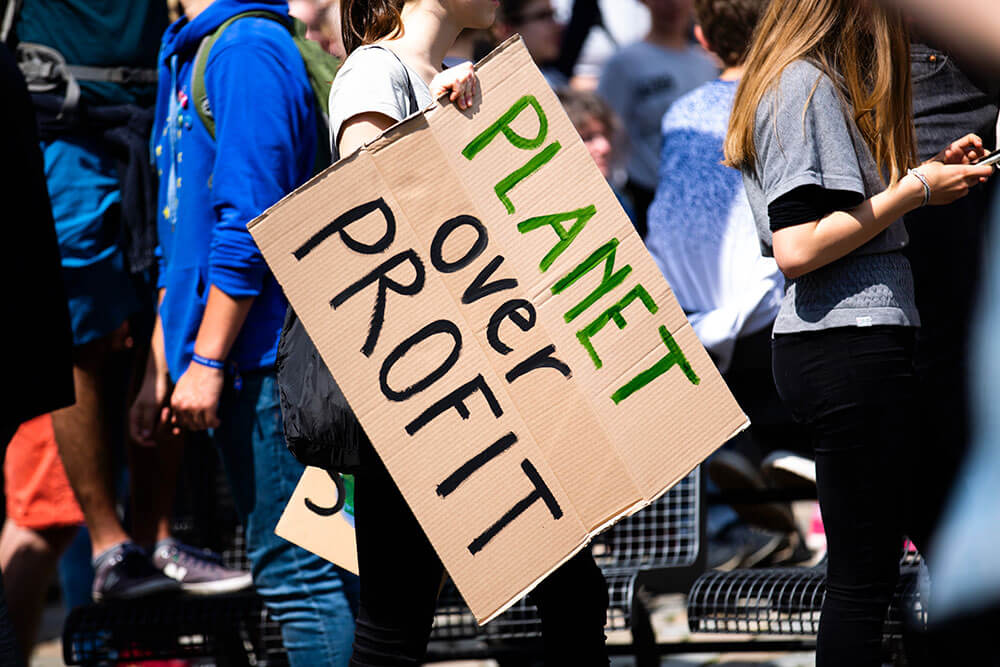
Our planet is drowning in plastic waste. Discarded single-use plastic is polluting beyond our communities, reaching even the most remote locations in Antarctica 1and the…

Have you ever heard of the term EPR? How about social EPR or ESG and sustainability? Did you know that these concepts have been evolving…

In recent years, the term EPR has become a buzzword along with sustainability. Extended Producer Responsibility (EPR) has emerged as one of the top solutions…
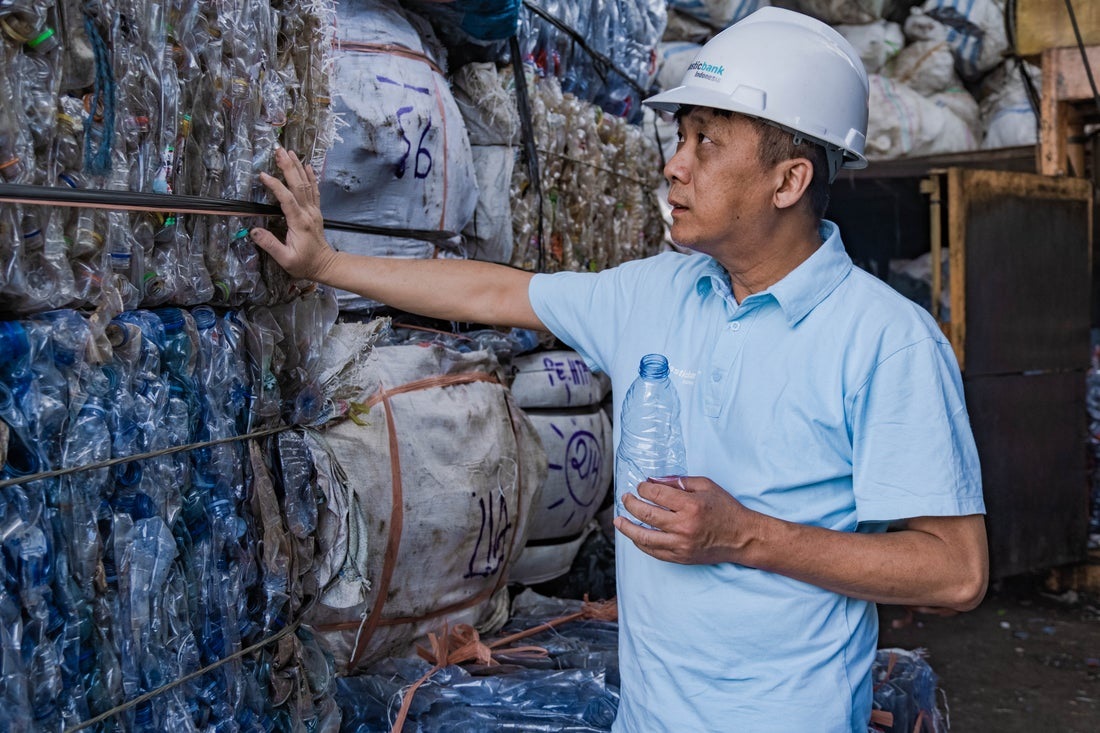
Stop plastic pollution and create social impact with plastic offsets, recycled feedstock, and customized toolkits to share your story.
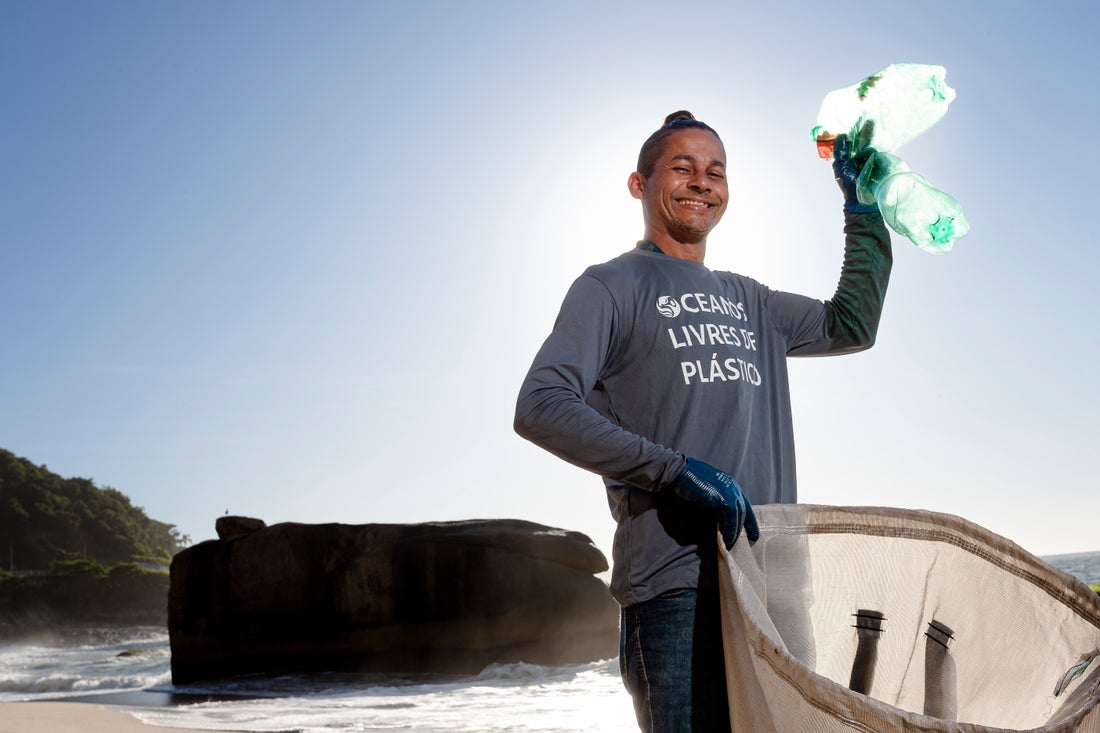
Choose your monthly contribution or discover programs for your friends, family, colleagues, and community.